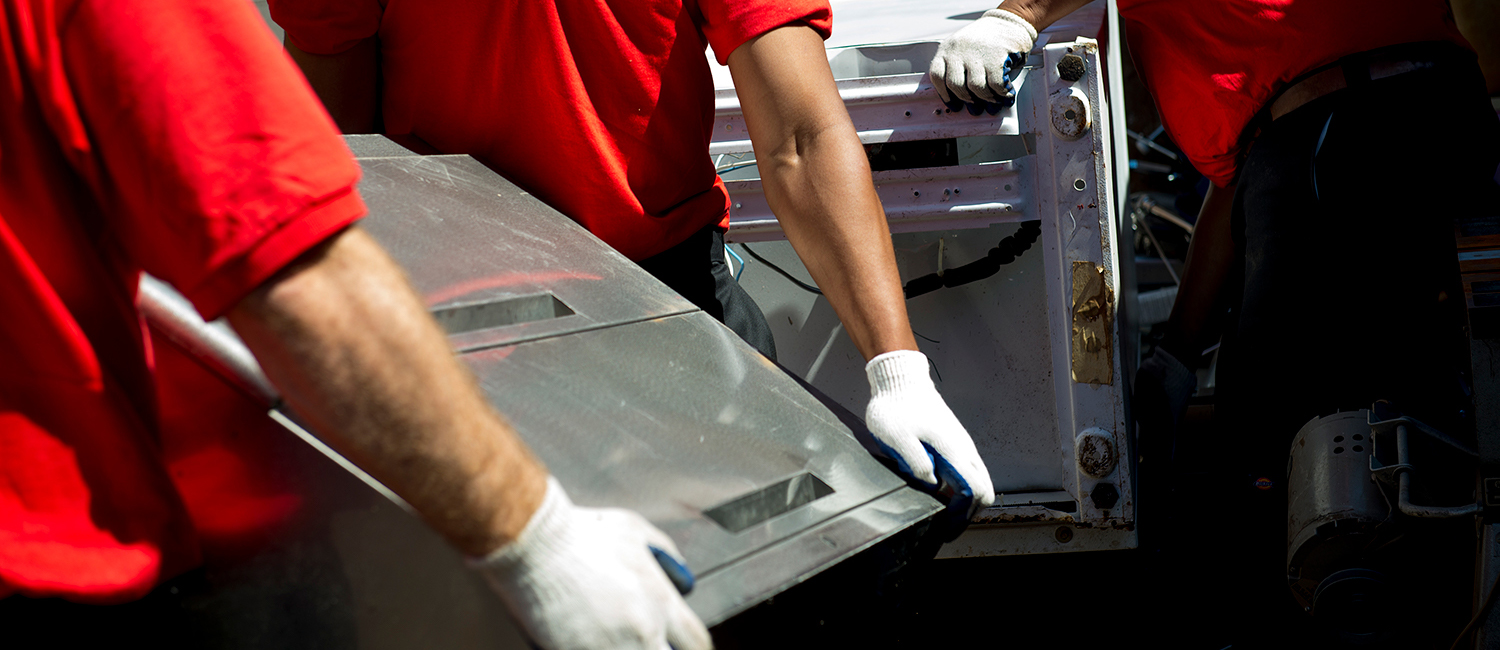The Ultimate Guide To Choosing The Appropriate Dumpster Size For Your Job
The Ultimate Guide To Choosing The Appropriate Dumpster Size For Your Job
Blog Article
Authored By-Templeton Duckworth
When embarking on a project that calls for a dumpster, the dimension you select can greatly impact its effectiveness and cost-effectiveness. Picture having the perfect container that suits all your waste without being exceedingly huge or too small. Everything begins with recognizing the nuances of your task and selecting a dumpster dimension that straightens with your specific requirements. So, before you make a decision, take into consideration the factors at play to ensure a smooth waste management procedure throughout.
Elements to Take into consideration
When choosing the best dumpster size, there are several essential elements to take into consideration.
Initially, consider the sort of waste you'll be getting rid of. Various materials might require varying quantities of space, so comprehending what you'll be putting in the dumpster is vital.
Next off, assess the amount of waste you expect to generate. If you ignore the volume, you may need to make several journeys to throw away everything, which can be inconvenient and expensive. On the other hand, renting a dumpster that's too big can lead to unneeded costs.
Additionally, take into consideration the space where the dumpster will be placed. Make certain there suffices room for the dumpster to be provided and gotten without any obstructions.
Lastly, think of any kind of weight restrictions that may apply. Going beyond the weight limit can cause added costs and even the refusal of service.
Dumpster Dimension Alternatives
For selecting the appropriate dumpster dimension, it's essential to have a mutual understanding of the readily available alternatives. Dumpster dimensions generally vary from 10 to 40 cubic yards, with variants in between.
A 10-yard dumpster is suitable for little jobs like a garage cleanout or a tiny improvement. If you're dealing with a medium-sized task such as a kitchen remodel or a cellar cleanout, a 20-yard dumpster could be the ideal option.
For have a peek at this web-site like a whole-house restoration or commercial building, a 30 or 40-yard dumpster could be more suitable to fit the quantity of waste produced.
When picking a dumpster dimension, consider the quantity and sort of debris you expect to dispose of. It's much better to select a somewhat larger size if you're unclear to prevent overfilling. Keep in mind, it's more cost-effective to rent out a dumpster that fits your requirements rather than needing to buy an additional one.
Matching Dimension to Task
Optimally matching the dumpster size to your job is vital for effective waste administration. To identify the right size, take into consideration the scope and nature of your task.
For small household cleanouts or remodellings, a 10-yard dumpster might be enough. just click the up coming internet site are typically 12 feet long and can hold about 4 pickup truck tons of waste.
For bigger tasks like remodeling several rooms or clearing out a huge estate, a 20-yard dumpster may be better. These are around 22 feet long and can hold around 8 pickup loads.
If you're dealing with a significant building job or business restoration, a 30-yard dumpster could be the very best fit. These dumpsters have to do with 22 feet long and can suit regarding 12 pickup tons of particles.
Matching the dumpster dimension to your project ensures you have sufficient area for all waste materials without overpaying for unused capacity.
Final thought
Finally, selecting the appropriate dumpster size for your task is critical for effective waste disposal. By considering aspects like the kind and amount of waste, room availability, weight limitations, and budget restraints, you can guarantee you have the suitable size dumpster for your requirements. Make sure to match the dimension of the dumpster to the extent and nature of your task to avoid overspending on unneeded expenses.
